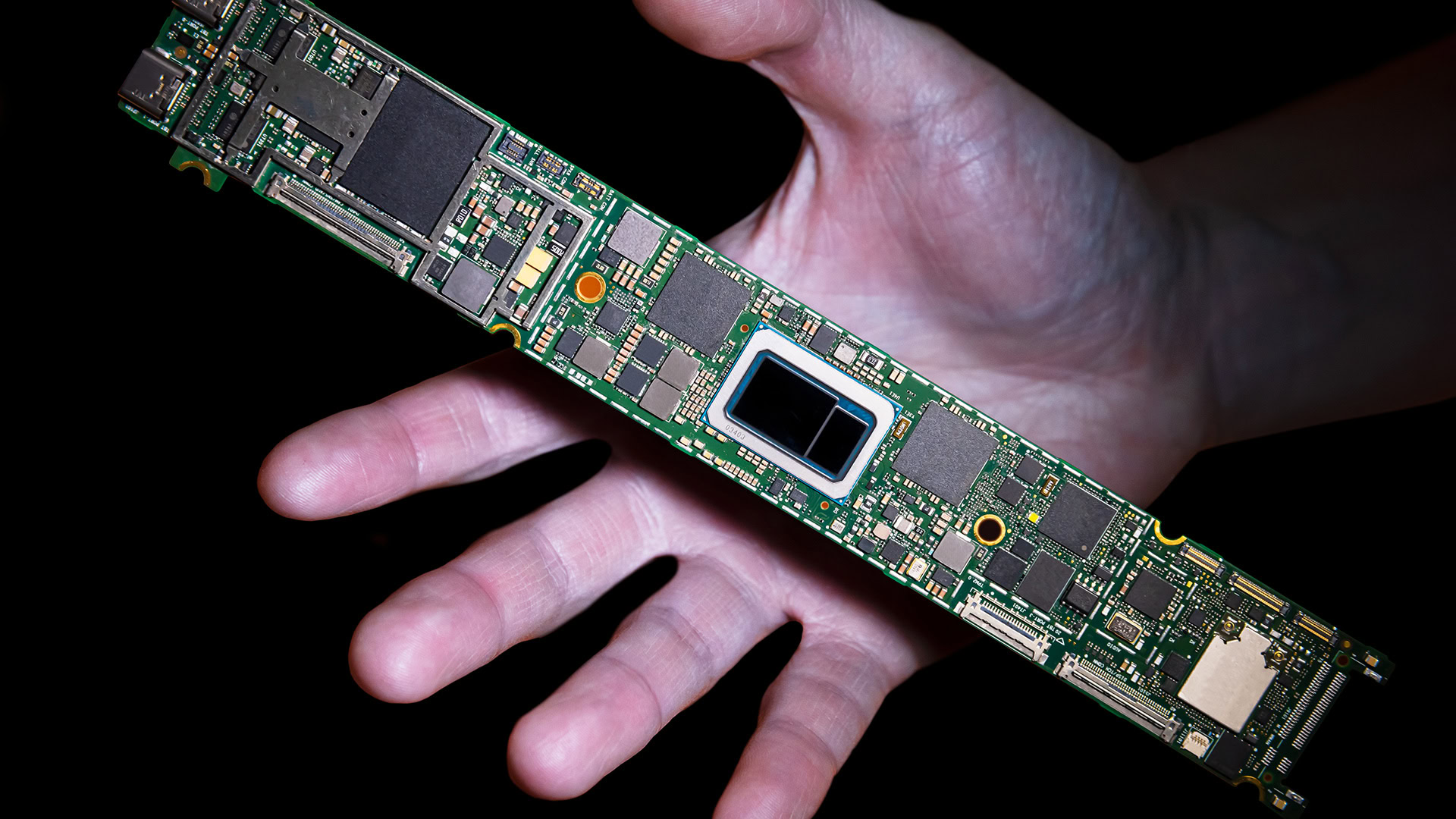Affiliate links on Android Authority may earn us a commission. Learn more.
Intel's first 11th Gen Core processors fight AMD in thin-and-light laptops
Published onSeptember 2, 2020

- Intel has introduced the first 11th Gen Core processors, and they’re aimed at thin-and-light laptops.
- They include Intel Xe (Tiger Lake) graphics that promise a significant leap in visual performance.
- Intel has also launched an Evo program to verify laptops with the best “experiences.”
Intel just launched one of its biggest efforts yet to remain relevant in a computing landscape where AMD is quickly gaining ground. The company has introduced the first 11th Gen Core processors, aiming them at “thin-and-light” laptops that need to balance performance with battery life.
The 10nm chips are built on a “SuperFin” manufacturing process (an improvement on the industry’s FinFET tech) with a new Willow Cove architecture According to Intel, these will help deliver a “major leap forward” in real performance.
The chip giant claims up to 2.7 times faster content creation and a 20% productivity boost over a system using AMD’s Ryzen 7 4800U. This is interesting because it’s not just comparing against earlier Intel chips as it sometimes has in the past.
Intel 11th Gen Core chips
The CPUs promise a particularly large boost in visual performance. Higher-end 11th Gen chips are the first to use Intel’s Iris Xe integrated graphics, reportedly doubling the gaming performance of equivalent 10th Gen hardware. This still won’t replace dedicated GPUs, but Intel believes it makes 1080p a playable resolution for more recent games such as Borderlands 3 and Hitman 2.
The platform supports the new, more universal Thunderbolt 4 port standard as well as PCI Express Gen 4. These are also the first processors in the industry with hardware-level Dolby Vision processing, potentially delivering an extra hour of battery life when you’re streaming HDR video. Support for the AV1 video format is also built-in, as are improvements for AI (neural network inferencing) and security (including memory encryption).
Outside of an entry-level Core i3 chip, all the new processors are quad-core, eight-thread models. All Core i3 chips use Intel’s slower UHD graphics, while the i5 and i7 parts use Iris Xe. You’ll find i3, i5, and i7 versions that sip just 7W to 15W of power for the most portable machines as well as thirstier 12W to 28W chips for higher-end laptops.
Laptops on the way
Over 150 laptop models are poised to use 11th Gen Core, including systems from Acer, ASUS, Dell, Dynabook (Sharp), HP, Lenovo, LG, MSI, Razer, and Samsung. This includes both Windows PCs and Chromebooks.
On top of this, Intel has introduced Evo, an “intensified” version of its Project Athena program for labeling the best laptops using its technology. An Evo laptop will need to use an 11th Gen Core chip with Iris Xe, Thunderbolt 4, and Intel Wi-Fi 6 support. It also has to meet certain minimum performance expectations, including nine-plus hours of real battery life with a 1080p display, waking from sleep in under a second, “consistent responsiveness” across apps while on battery, and fast charging that delivers up to four hours of use in less than 30 minutes.
There is the question of whether or not this is enough to restore Intel's glory.
This promises to be a significant step up and could buy Intel valuable time while it turns around a chip business that has struggled to move to more efficient 10nm and smaller designs. There is the question of whether or not this is enough to restore Intel’s glory, however. AMD has caught up to the point where many of the highest-performing laptops are based on its Ryzen CPUs, and Apple plans to drop Intel entirely in favor of in-house silicon. While 11th Gen is coming, it’s coming just as PC makers and enthusiasts have lost some confidence in Intel’s abilities.